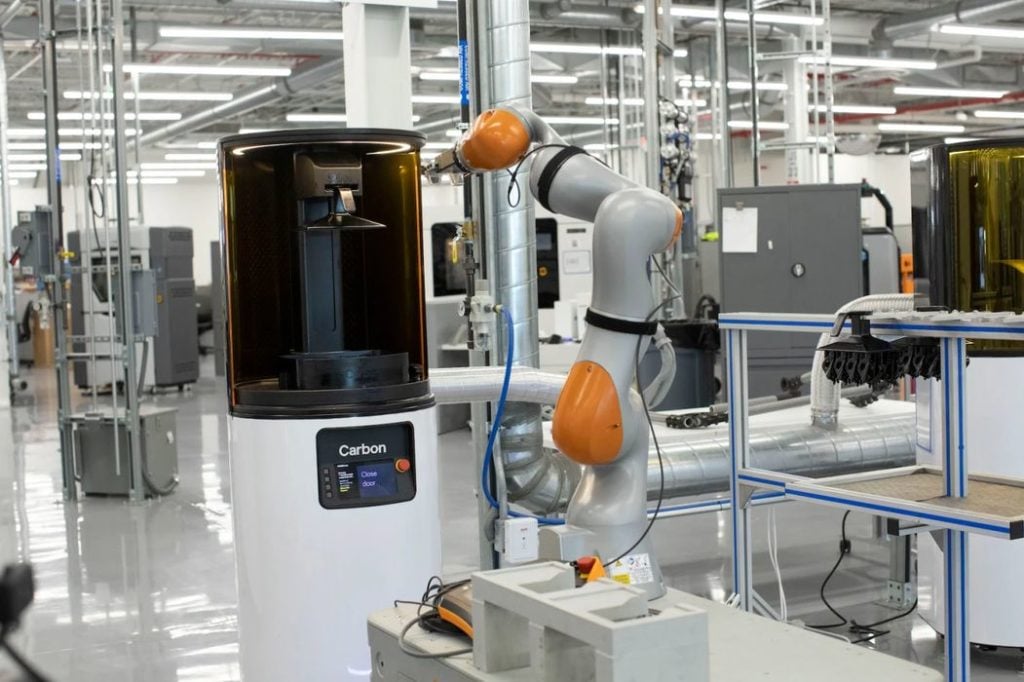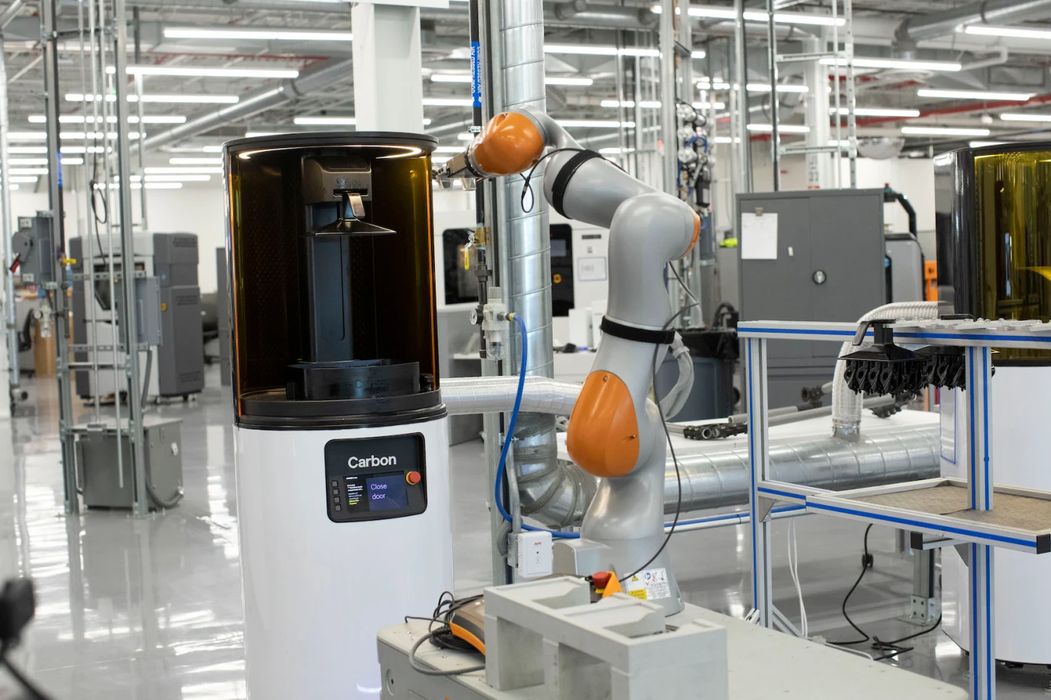
The shift from prototyping to production implies a great deal more automation must take place in 3D printing.
Prototyping involves iteratively producing successive versions of a part, each better or different than the last. This is the process of determining a final configuration for the design, which would then be handed to production.
Production is quite different, where the design is set, but large quantities of the part must be produced. The parts must be produced in the most efficient and timely manner, but also each meeting the minimum quality standards for that particular part.
Prototyping is Not Production
In additive manufacturing, these two methods might actually use the same 3D printing equipment, but they are done so in a very different manner due to differing goals.
Unfortunately, 3D printing grew as a standalone technology due to its initial focus on the prototyping market. There operators would work near the machine, manually operating it as the part iterations are printed. To this day most 3D printers are designed with this operational paradigm.
While this continues to be ideal for prototyping, it’s definitely not for production. Many 3D printers don’t fit well into today’s highly automated factories that operate at peak efficiency.
How To Automate 3D Printing?
There have been multiple approaches to solving this dilemma, although few 3D printer manufacturers have taken the radical step of completely redesigning their equipment around production principles. Most have modified their equipment in a variety of ways.
The most common approach is to “plug in” the the Industry 4.0 backbone of the manufacturing center. This is a series of digital protocols that link all systems together and allow for optimization through analysis and real time control.
Another approach is to attempt to eliminate the most manual of procedures required on virtually all 3D printers: removing the completed prints. This requires manual labor, which should really be eliminated if maximum efficiency and predictability is the goal.
Several systems have been developed that actually do this, with one being the VAAPR system by 3DQue, which allows prints to be automatically removed when complete. Others have similar systems.
Robotic Automation
However, while removing prints automatically is an important labor-saving step, there is much more to do.
Almost all parts must undergo post processing of various types depending on the printing process used and the part quality required.
Some 3D printer manufacturers have developed integrated systems to automate “their” part of the process. For example Additive Industries’ metal 3D printing system can shift a print to various stations in the manufacturing lifecycle. Others, like Formlabs, have developed a robotic system to automate portions of production work.
But for most parts they are simply one of many used in a complex manufacturing process that involves other making processes. Parts might require painting, coating, drilling, gluing, mounting and countless other possibilities. The issue is how to tie them all of these together to automate the entire process.
One of Carbon’s customers, Ford, has begun adding KUKA robots to replace humans as 3D printer operators in their Advanced Manufacturing Center, apparently with some success (see image at top). This robotic system is wheeled, meaning it could operate multiple devices, or even carry parts to different workstations for further processing.
That approach might be where things are headed in the long run, as it is impossible to build automated 3D printers that can address all possible manufacturing needs. The concept of a robot system with the flexibility of a human could enable solutions to almost all manufacturing workflow challenges.
Via TechCrunch

